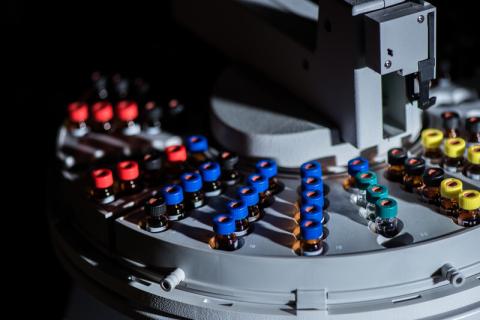The theoretical prediction of x-ray absorption spectra (XAS) has become commonplace in electronic structure theory. The ability to better model and understand L-edge spectra is of great interest in the study of transition metal complexes and a wide variety of solid state materials. However, until recently few first-principles works have modeled L-edge XAS due to the presence of strong spin–orbit coupling in the 2p orbitals, which splits the observed peaks into multiple groups of features. Therefore, a proper description of spin–orbit coupling is vital for the successful prediction of L-edge spectra. A number of new approaches that incorporate spin–orbit coupling have recently made advances in the computation of L-edge spectra. In this review, we describe recent work in computational L-edge XAS and how these methods may continue to improve in the future. Comparison of the advantages and disadvantages of the various approaches are considered, with special attention to not only the computational cost of the level of theory but also the various approaches that can be used to compute the absorption spectra with a large number of high energy excited states.
Publication - Journal Article Ab initio methods for L-edge x-ray absorption spectroscopy
Publication Image

Description
English
